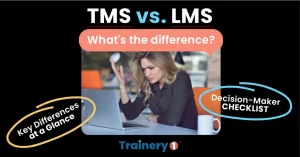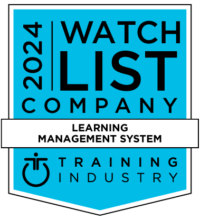Delivering the Information Employees Need to Know
The Employee Handbook provides the basic employment information that every employee needs to know. When done right, the Employee Handbook is also part of your brand story, and has the power to reinforce the employee’s decision to work with your company.
Employee handbooks are integral to your employee relations philosophy, essential to your employee communications, crucial to your development of an effective culture and work environment, and a key component to your strategic plan and accomplishment of your mission.
The basic question that nonprofit and for-profit organizations face is how to get there. Many questions and concerns come to mind: How do we develop an effective handbook that meets our goals? Where do we start? Who will develop it? The list of questions can be exhausting.
The purpose of the Employee Handbook is to clearly communicate information important to employees. It is the first opportunity the organization has to communicate and educate employees about details of the organization’s mission, strategic plans, attitudes about treatment, benefits, rules of behavior and other important topics that will impact their work.
Although the process of preparing and maintaining an Employee Handbook is generally tasked to the HR department, the best handbooks are a dual responsibility. The marketing department should be involved early—and throughout the process—to create and maintain the brand tone-of-voice. It helps if the writer(s) have good organizational, leadership and team building skills since developing and writing the handbook requires a team effort.
All Employee Handbooks include a comprehensive review of the organization’s policies and procedures. However, many handbooks fail to address a number of important topics that are relevant in a fast-paced and changing world. These topics include transparency, pay equity, discrimination (including sexual harassment), political activity, family and medical leave, whistleblower protection, and technology policies. These topics should be included in your handbook and your position on each clearly communicated in the on-boarding process.
Keep in mind the handbook will be the resource for employees to do their research and obtain answers. Since many (if not the majority) of personal issues experienced by employees are unique, the handbook gives them the chance to clarify their questions and issues before approaching their supervisor, manager or HR department.
A good handbook demonstrates the respect and care that the employer has for its employees, and communicates its policies and procedures in a way that contributes to effective performance with less stress. Employees are important stakeholders within an organization, and deserve to be treated as such. A good Employee Handbook can do just that.







